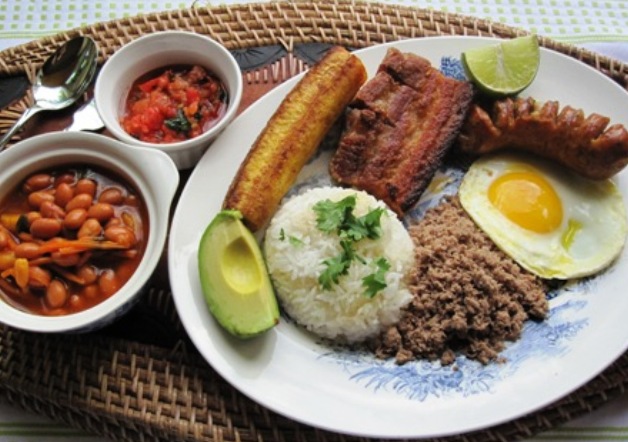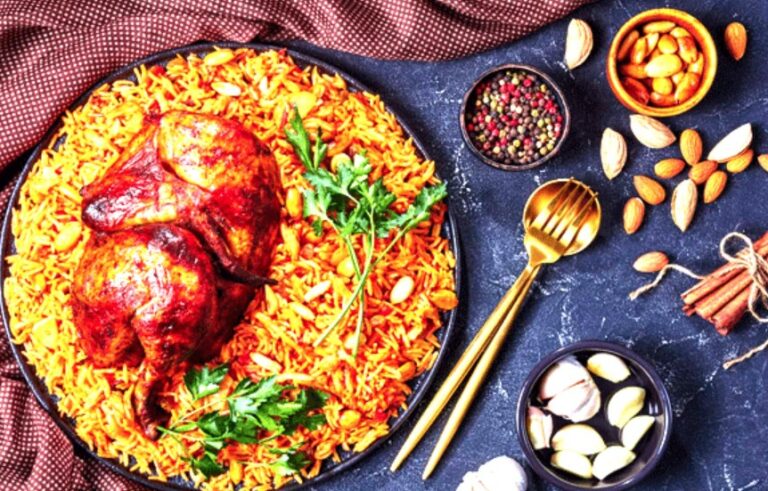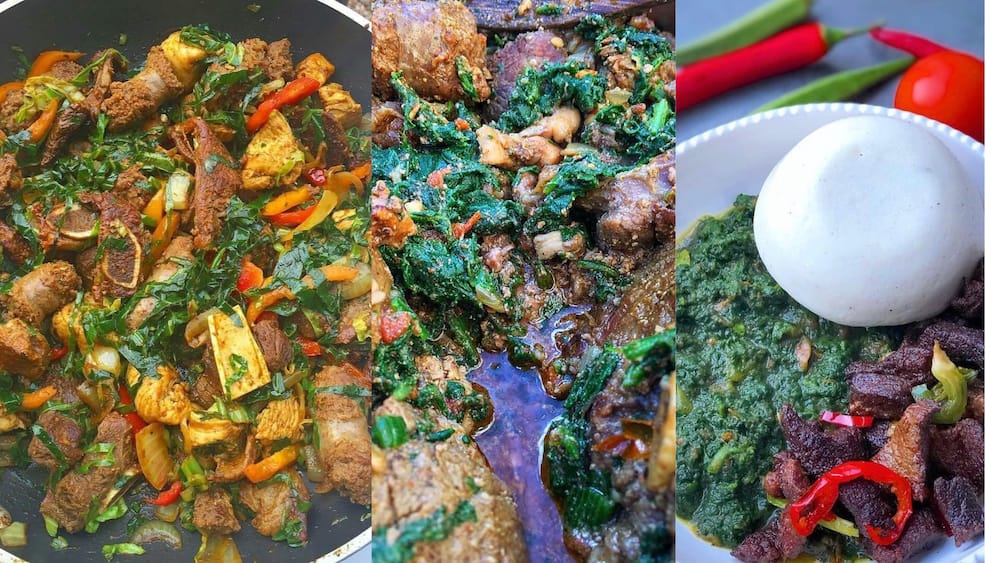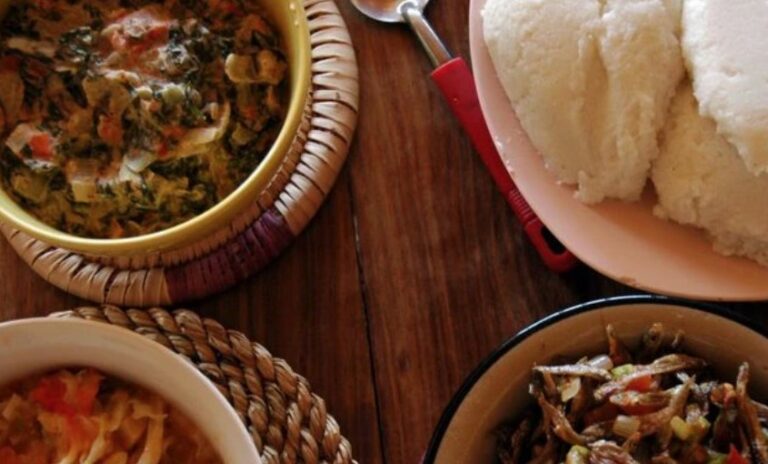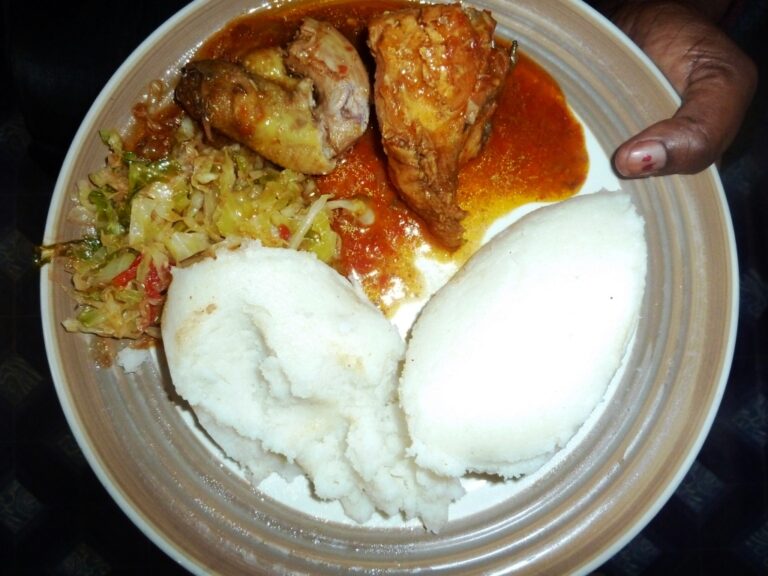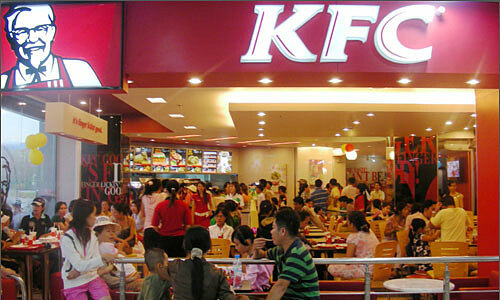Introduction: Fast Food in Venezuela
Fast food has become ubiquitous in cities around the world, offering quick and convenient meals to busy people on the go. Whether it’s a burger and fries from McDonald’s, a sandwich from Subway, or a slice of pizza from Domino’s, fast food chains have expanded rapidly in recent years, reaching even the most remote corners of the globe. But what about Venezuela? Can you find international fast food chains in this South American country?
The Fast Food Industry in Venezuela
The fast food industry in Venezuela has experienced significant growth in recent years, driven by a combination of rising incomes, changing consumer preferences, and the proliferation of shopping malls and other commercial centers. Local fast food chains like Pollo Campero, El Corral, and Wendy’s have long been popular with Venezuelans, offering a variety of burgers, chicken sandwiches, and other fast food staples. However, in recent years, international fast food chains have also entered the Venezuelan market, catering to a growing middle class that is hungry for new and exciting dining options.
International Fast Food Chains in Venezuela
Despite the challenges of doing business in Venezuela, several international fast food chains have managed to establish a foothold in the country, offering a taste of the global fast food phenomenon. Among the most popular chains are McDonald’s, Subway, and KFC, which can be found in major cities and towns throughout the country. Other international chains, such as Domino’s Pizza, Burger King, and Pizza Hut, have also opened locations in Venezuela in recent years.
McDonald’s in Venezuela
McDonald’s is perhaps the most famous of all fast food chains, with a presence in more than 100 countries around the world. In Venezuela, McDonald’s has been operating since 1985, and currently has over 100 locations spread across the country. Despite the challenges of doing business in Venezuela, McDonald’s has remained committed to the market, offering a range of burgers, fries, and other fast food items to hungry Venezuelans.
Subway in Venezuela
Subway, the popular sandwich chain, has also established a presence in Venezuela, with over 60 locations in major cities and towns. Known for its fresh ingredients and customizable sandwiches, Subway has become a popular choice for Venezuelans looking for a healthier alternative to traditional fast food. Despite the challenges of doing business in Venezuela, Subway is committed to the market, and continues to expand its presence in the country.
Other Fast Food Chains in Venezuela
While McDonald’s and Subway may be the most well-known international fast food chains in Venezuela, they are not the only ones. Other chains, such as KFC, Pizza Hut, and Burger King, have also opened locations in the country, offering a range of fast food options to Venezuelan consumers. Additionally, there are several local fast food chains in Venezuela that are popular with locals, such as Arepera Socialista, which specializes in arepas, a traditional Venezuelan food made from cornmeal. Overall, while the fast food industry in Venezuela may face challenges, it continues to grow and evolve, offering new and exciting dining options to consumers across the country.

